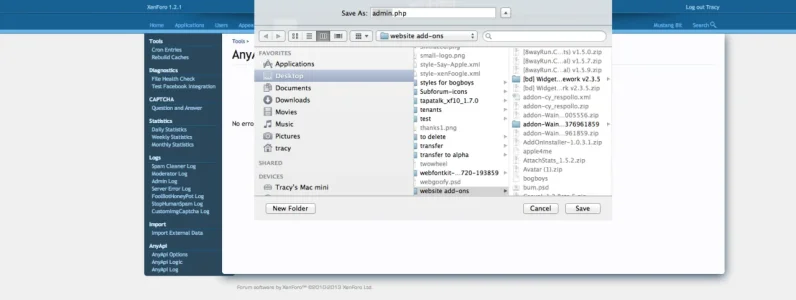I am amazed when I see the configurations posted into previous posts. Do you guys take the time to read the Nginx documentation or just Google it and paste no matter what you feel like into your files? Please, START reading the documentation (the real one, not the wiki.nginx.org), 99% of configurations posted on Internet are simply insane! Igor took the time to write the
documentation with clear examples, I have no idea why nobody is following his excellent guidelines. Here a simple setup I posted awhile ago, to get you started:
https://www.axivo.com/community/threads/basic-nginx-configuration-file.128/
Start from there and add settings to your config files AFTER you read what they do!
Edit: Don't ask me what is the correct configuration for admin.php, because I will not post it. The only way you will learn to configure properly Nginx is by reading the documentation. What fits on your server configuration, it will never fit on mines... or viceversa. That is why you need to start from scratch and LEARN everything. Nginx configuration is
unique for every site, copy/paste from Google won't cut it. If you don't want to learn, then you should stick with Apache.
Example of Nginx insanity, turned into sanity:
http://xenforo.com/community/threads/apache-to-nginx-rewrite-rule.56970/
